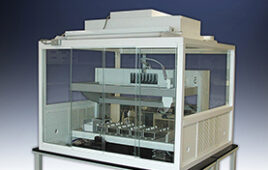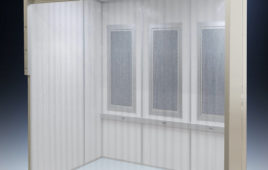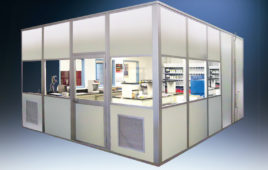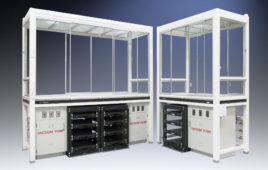Standards should be considered in context. Technical standards specify such attributes as product characteristics, performance, safety profile, test methods, or terminology.
Standards may include protocols for product assembly, levels of contaminants in chemicals, the composition of materials of construction, airborne particles, airborne molecular contamination, cleanroom construction, and employee behavior/activities during specified manufacturing procedures.
A standard implies a requirement. At the same time, complex standards, covering an array of manufacturing situations with multiple variables, may effectively be open to interpretation. Horizontal standards set forth general principles and guidelines; but the details are left to the user. With horizontal standards, in-house procedural documentation is essential. Vertical standards call out requirements for specific procedures, often in agonizing detail. As one might expect, it is very difficult to obtain the consensus needed to write vertical standards.
Standards are not the result of divine intervention. Standards are a reflection of the status of technology, performance requirements, as well as the skills, knowledge, background, and prejudices of the people designing the standards. Standards may be based on performance, consensus, historical experience, and/or executive edict.
Trade organizations as well as national and international standards organizations may establish standards. Military organizations set requirements or specifications. Aerospace companies establish detailed specifications to be used internally and by suppliers; these are often cited, but they may not be public.
Plan ahead. All too often, in our consultancy, we see environmentally-challenged chemicals used in critical cleaning of the prototype. The assumption is that somehow, a miracle chemical will be discovered by the time the product is in full production. It is far more productive to look at cleaning and contamination control as well as safety and regulatory restrictions, as part of product development. Sometimes, the product can be slightly redesigned to allow effective use of less-aggressive cleaning agents. If this is not possible, it may be feasible to use well-contained cleaning systems. However, such systems usually constitute an appreciable capital expense and careful process design.
From: “Navigating the Forest of Standards, Part 1”




